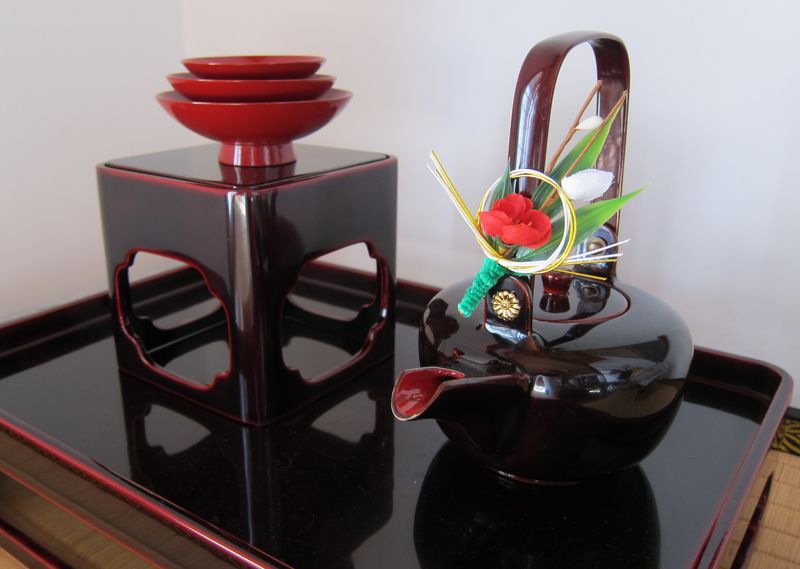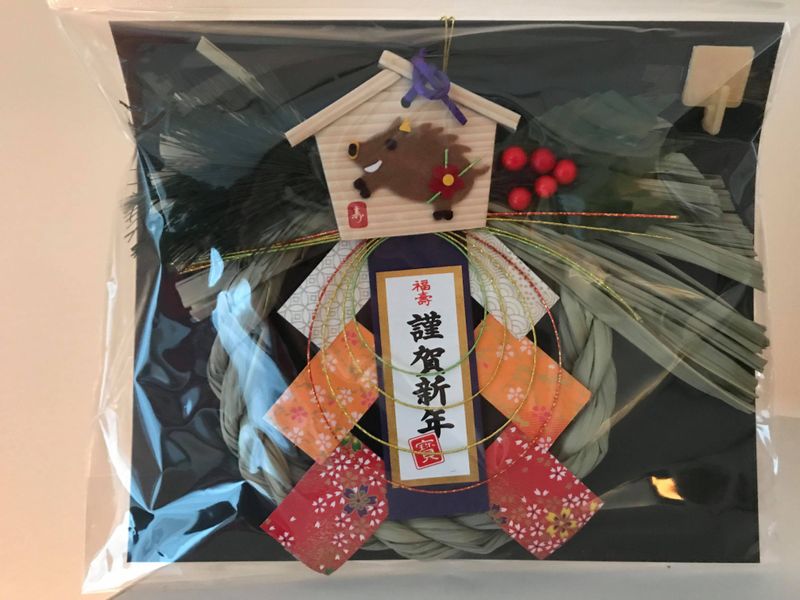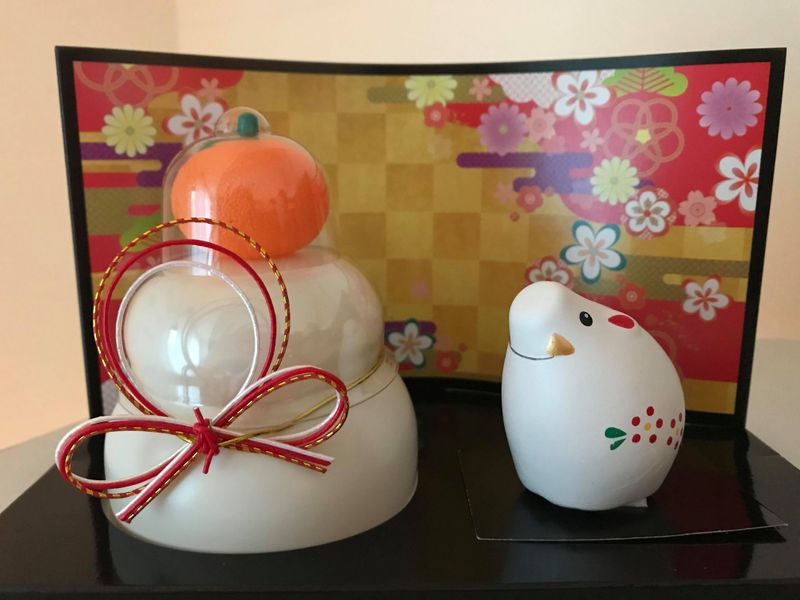Dec 26, 2018
The meaning of New Year decorations
New Year also called "Oshogatsu" in Japan is the most important holiday for Japanese people, who enjoy many kinds of ceremonies and customs which are very special.
Celebrating New Year in Japan for the first time can be a very unique experience where everything seems to be so new and different to what you might be used to.

During my first year in Japan I was very surprised by all the different kinds of New Year's decorations you can find at shrines/temples, shopping centers or private houses. They all looked very nice and have a special meaning, which made me very curious.
Let's take a look at the different meanings of the New Year ornaments and their traditions here in Japan:
Kadomatsu
In front of many houses you can find Kadomatsu during the New Year. Usually a pair of pine and bamboo sprigs, which are representing male and female, are placed in front of houses and big department stores to welcome the Shinto god of the New Year Toshigami. The Kadomatsu come in different sizes, which makes them affordable even for small families. 
Shimekazari
One of the most common New Year decorations for every house is the Shimekazari. Shimenawa, a braided straw rope (usually used at Shinto shrines) is adorned with zigzag-shaped paper strips and the zodiac sign of the upcoming year or other good luck charms. Usually, Shimekazari is placed at the entrance of the house to prevent bad spirits from entering.

These days you can buy many plastic versions of the Shimekazari, but the original traditional one is made from the real straw of rice plants, which are braided together. Every region in Japan has its own way of doing this.
Kagami Mochi
Kagami Mochi is a traditional New Year decoration seen at shrines and in homes. Usually, it consists of two round, small and big mochi (rice cakes), which are placed on top of each other like a little mountain. Often on top you can find a small orange or the zodiac character of the upcoming year. The Kagami Mochi is supposed to protect your house from fires, which were very common in the old days, where most of the houses were made from wood.

You can find many different sizes of Kagami Mochi at the supermarkets. From very small versions to amazing huge versions, which can cost up to 10,000 yen. The bigger mochi mountain is usually filled with small mochi for cooking.
You can buy most of them at your local supermarket, home center, shopping center or sometimes even at small booths, which usually pop up on the streets close to shrines a few days before New Year.

Now you might wonder when is the best time for the New Year decorations. Actually, if you put them out on December 31 or January 1st it is already too late and people think that doing so will bring bad luck to your house. The same goes for December 29, because 9 is an evil number in Japan. The best day is December 28, which is right after Christmas and not to close to New Year. Nowadays people are not that strict about it anymore, but you had still better follow that, otherwise your New Year might not be that good. January 7 is usually the time when you should take down the decorations.
On January 15 it is time to go to the local shrine again to burn all your New Year decorations including all the old talisman from the last year. This ceremony is called Dontoyaki and ends with a huge campfire on the shrine grounds.
Hopefully you are now prepared for the New Year season!
I´m a german girl living in the center of Tokyo, but my true love belongs to the countryside of Japan (especially Chiba and Hokkaido). I love traveling in Japan and explore hidden areas.
I want to help people with my articles to get in touch with the Japanese culture and all the beautiful places you can explore.
Follow me on IG https://www.instagram.com/nihonbluebutterfly/?hl=de
Besides traveling around, I love trains, handcraft and my little rabbits.



0 Comments